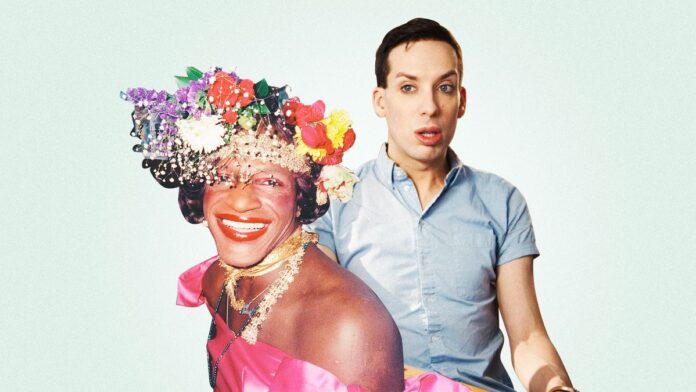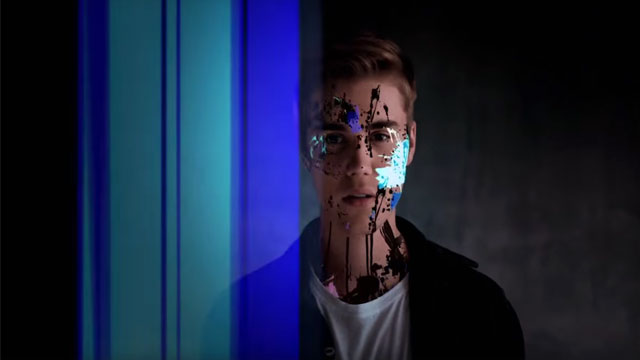LGBTQ+ representation in US cinema has come a long way, transitioning from marginalization to a more prominent and inclusive presence. Over the years, the film industry has witnessed a significant shift in portraying LGBTQ+ characters and themes, challenging stereotypes and reflecting the diverse realities of the community.
A recent study by GLAAD, a prominent LGBTQ+ advocacy organization, shed light on the progress of LGBTQ+ representation in films. According to their findings, 1 in 5 studio films in 2021 included LGBTQ+ characters, showcasing a positive trajectory in representation. This represents a growing acknowledgment of the LGBTQ+ community’s importance in American society.
The Progress and Evolution:
1. Early Years and Stereotypes:
In the early days of cinema, LGBTQ+ representation was often caricatured and portrayed through harmful stereotypes, contributing to misconceptions and prejudices. Characters were relegated to secondary roles or portrayed as comical figures.
2. Turning Point and Authentic Portrayals:
The 1960s and 1970s marked a turning point, with filmmakers challenging traditional norms and exploring LGBTQ+ identities more authentically. Films like “The Boys in the Band” (1970) presented nuanced characters and stories that began to resonate with audiences.
3. Mainstream Acceptance and Visibility:
The late 20th and early 21st centuries saw LGBTQ+ representation gaining momentum in mainstream cinema. Movies like “Brokeback Mountain” (2005) and “Milk” (2008) received critical acclaim and brought LGBTQ+ issues to a broader audience.
4. Contemporary Landscape and Intersectionality:
Recent years have witnessed an increase in the visibility of LGBTQ+ characters, reflecting the intersectionality within the community. Films like “Moonlight” (2016) and “Love, Simon” (2018) have portrayed a more diverse range of LGBTQ+ experiences and identities.
Key Contributors to LGBTQ+ Representation:
– Filmmakers: Directors and writers like Gus Van Sant, Todd Haynes, and Dee Rees have crafted impactful LGBTQ+ narratives, challenging societal norms and advocating for representation.
– Actors: Artists like Laverne Cox, Ellen Page, and Billy Porter have used their platforms to amplify LGBTQ+ voices and contribute to more authentic portrayals on screen.
Exploring LGBTQ+ Films:
LGBTQ+ films encompass a genre that focuses on the experiences, struggles, and triumphs of LGBTQ+ individuals. These movies tackle diverse themes such as love, acceptance, identity, and discrimination, offering a comprehensive glimpse into LGBTQ+ lives.
The evolution of LGBTQ+ representation in US cinema is a testament to the industry’s progress toward inclusivity and authenticity. From early stereotypes to authentic portrayals, the journey showcases a growing understanding of the LGBTQ+ community’s diversity and significance in the cultural landscape.







